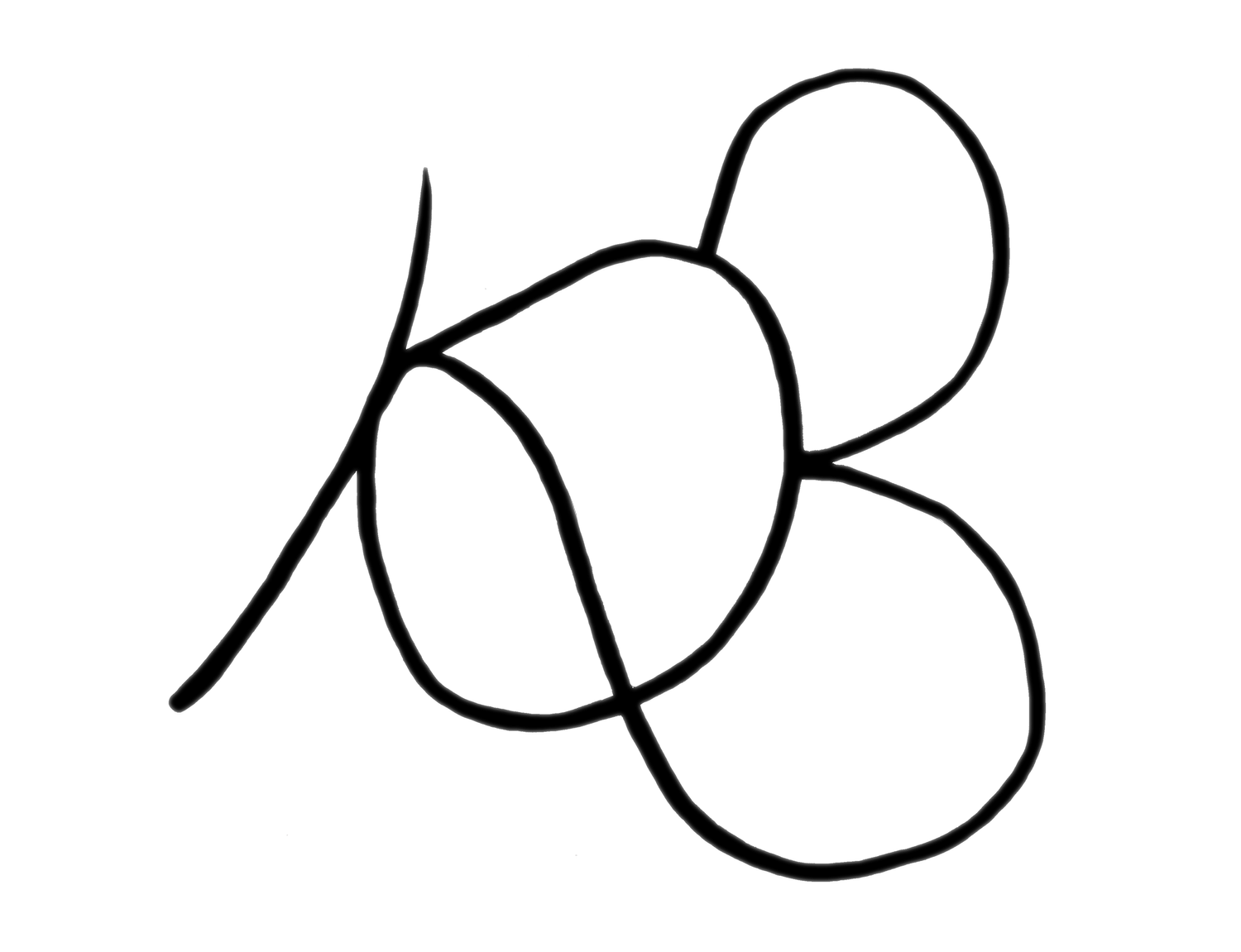
Sensory Drawing
Sensory drawing is about tuning into and recording sensory experiences of the world around us through drawing. The premise is to consider the physicality of drawing, the material qualities of the tool you draw with and how it can be used to translate or express what you sense. Drawing in this way is done with closed eyes, whilst tuning in to a sensation such as a point of touch or a sound, and then translating the qualities of that sensation into marks on paper. The aim is to try to veer away from literal or pictorial interpretations, but purely to focus on sensations, and allow the marks and gestures to come as a consequence.
Sensory drawing is a methodology that feeds in to many of my projects and workshops. It has been developed and adapted to a variety of contexts including one-to-one performance, participatory mapping and sonic drawing. The idea stems from my research into participatory performance art during my MA in Performance and Theatre (Queen Mary University of London, 2010). I was interested in how drawing could be a way of documenting an intimate or visceral encounter with someone, and how such a drawing could emerge as a trace of an experience. Could a drawing create itself?
I devised a piece called “Touch Portraits”, a one-to-one performance which involved me making blindfolded drawings of participant’s faces based on the sensation of touch. As I touched their face with one hand, I simultaneously drew with my other hand and I translated what I felt using a variety of marks on paper. On a superficial level, these drawings mapped the physicality of the face, it’s contours and edges; hard bone became hard marks, and soft tissue soft sweeping gestures. But they also captured something deeper – the dynamic between us, the qualities of touch, and the intimacy of the moment.
Touch Drawing, Mixed media on paper
Drawing, specifically the physical act of making marks on paper, is a truly embodied form of visual communication, since the marks we produce with our bodies come from within us.
Our gestures and the marks they leave, are as unique as our signature.
Photo: Marco Berardi
I later developed this work into a performance piece (“Sensory Dialogues”) where two people touch and draw each other’s faces simultaneously.
Whilst touching your partner’s nose, they may be touching your cheekbone…Are you tuning in to the sensation of what you feel with your fingers, or what you feel against your skin? The drawing becomes a congolomeration of the whole experience. The drawing is both the documentation of and the experience.
Drawing with eyes closed allows a certain relinquishing of control, since you cannot see what you are drawing. There is an element of chance involved and when you open your eyes you may find marks you don’t expect. In many ways, this is similar to my painting process, particularly in the works I made around that time, where I pushed bitumen and varnish together, allowing a battle between chaos and control to take place on the surface of the canvas.
Touch Drawing, Self Portrait, Graphite on paper


